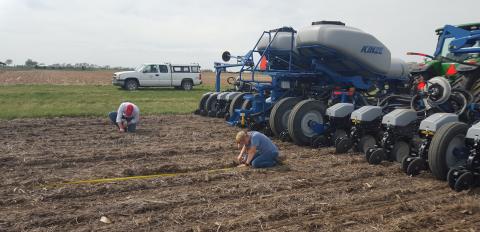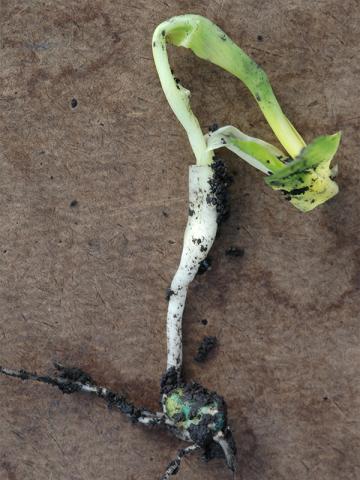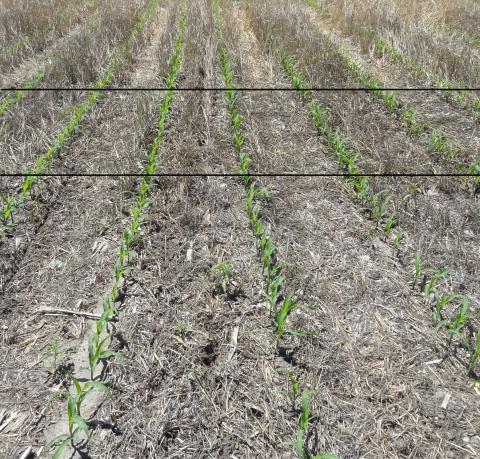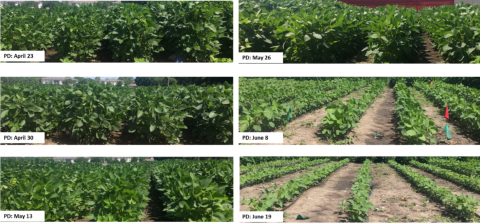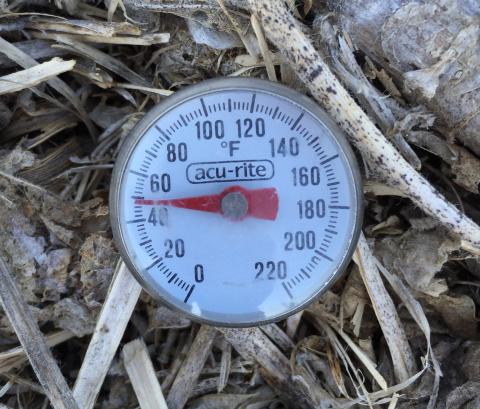UNL Precision Ag Leads Group Studying Multi-Hybrid Planter Applications in Corn and Soybeans
May 26, 2016
A multi-disciplinary UNL Precision Ag Research and Extension team is working with local and regional industry groups and growers to examine the use and potential for multi-hybrid planters. This new technology can plant at least two seed varieties in one trip or manage various seed treatments from separate bulk tanks on the planter.
Planting Delays? It's too Early to Consider Switching Hybrids or Moving to Soybeans
May 4, 2016
While corn planting has been delayed in areas of the state due to recent rains, it's too early to consider switching hybrids or switching to soybeans. The author addresses some key points to consider for those waiting to plant and those who planted early and may need to assess stand viability.
Planting Corn into a Cereal Rye Cover Crop
April 29, 2016
Cereal rye has become a popular cover crop to reduce soil erosion and add carbon to the soil system.
Q&A: How are Soil Temperatures Recorded?
April 29, 2016
Q: When and how are CropWatch soil temperatures recorded?
Early Bird Gets the Worm: Benefits of Early Soybean Planting
April 20, 2016
Weather during the growing season (sunlight, temperature, and rainfall) will ultimately determine the soybean yield potential in a given year. While it is difficult to predict the weather ahead, you have an opportunity to manage your planting date to increase the odds of achieving a higher yield in 2016.
Soybean Seeding Rate Tips
April 20, 2016
Numerous soybean seeding rate studies have indicated that a final plant population of about 80,000 to 120,000 plants per acre is likely sufficient for ensuring an economic return, with the latter being based on weighing the slightly higher yield potential with higher final pl
Inoculating Your Soybeans: When, Where, Why?
April 20, 2016
Nebraska farmers must scrutinize inputs and focus on finding profit for their estimated 5.3 million soybean acres in 2016.
Three Key Considerations for Planting Corn and Soybeans
April 15, 2016
Planting as early as possible allows your crop to collect solar radiation sooner; however, the practice comes with some risks which need to be weighed against the benefit.
